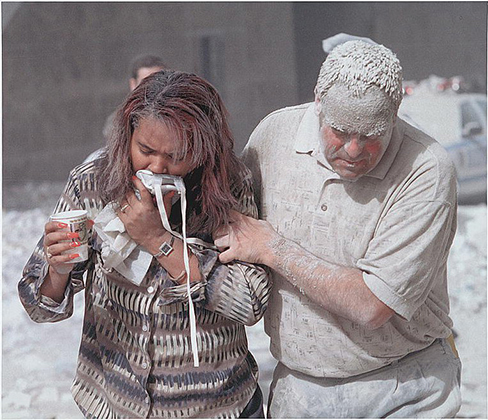| << Chapter < Page | Chapter >> Page > |
You’ve learned about many of the negative behaviors of social psychology, but the field also studies many positive social interactions and behaviors. What makes people like each other? With whom are we friends? Whom do we date? Researchers have documented several features of the situation that influence whether we form relationships with others. There are also universal traits that humans find attractive in others. In this section we discuss conditions that make forming relationships more likely, what we look for in friendships and romantic relationships, the different types of love, and a theory explaining how our relationships are formed, maintained, and terminated.
Do you voluntarily help others? Voluntary behavior with the intent to help other people is called prosocial behavior . Why do people help other people? Is personal benefit such as feeling good about oneself the only reason people help one another? Research suggests there are many other reasons. Altruism is people’s desire to help others even if the costs outweigh the benefits of helping. In fact, people acting in altruistic ways may disregard the personal costs associated with helping ( [link] ). For example, news accounts of the 9/11 terrorist attacks on the World Trade Center in New York reported an employee in the first tower helped his co-workers make it to the exit stairwell. After helping a co-worker to safety he went back in the burning building to help additional co-workers. In this case the costs of helping were great, and the hero lost his life in the destruction (Stewart, 2002).

Some researchers suggest that altruism operates on empathy. Empathy is the capacity to understand another person’s perspective, to feel what he or she feels. An empathetic person makes an emotional connection with others and feels compelled to help (Batson, 1991). Other researchers argue that altruism is a form of selfless helping that is not motivated by benefits or feeling good about oneself. Certainly, after helping, people feel good about themselves, but some researchers argue that this is a consequence of altruism, not a cause. Other researchers argue that helping is always self-serving because our egos are involved, and we receive benefits from helping (Cialdini, Brown, Lewis, Luce,&Neuberg 1997). It is challenging to determine experimentally the true motivation for helping, whether is it largely self-serving (egoism) or selfless (altruism). Thus, a debate on whether pure altruism exists continues.
See this excerpt from the popular TV series Friends episode for a discussion of the egoism versus altruism debate.

Notification Switch
Would you like to follow the 'Psychology' conversation and receive update notifications?